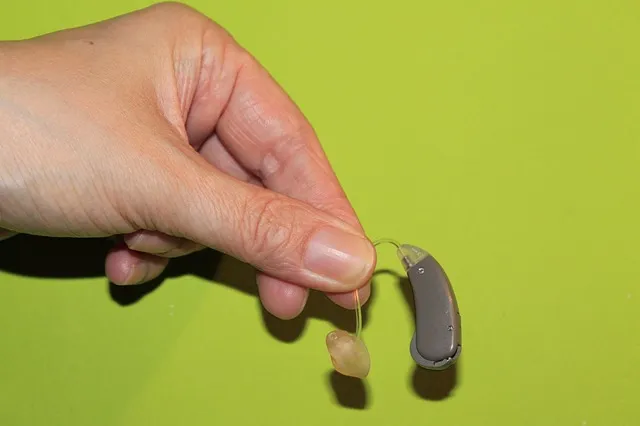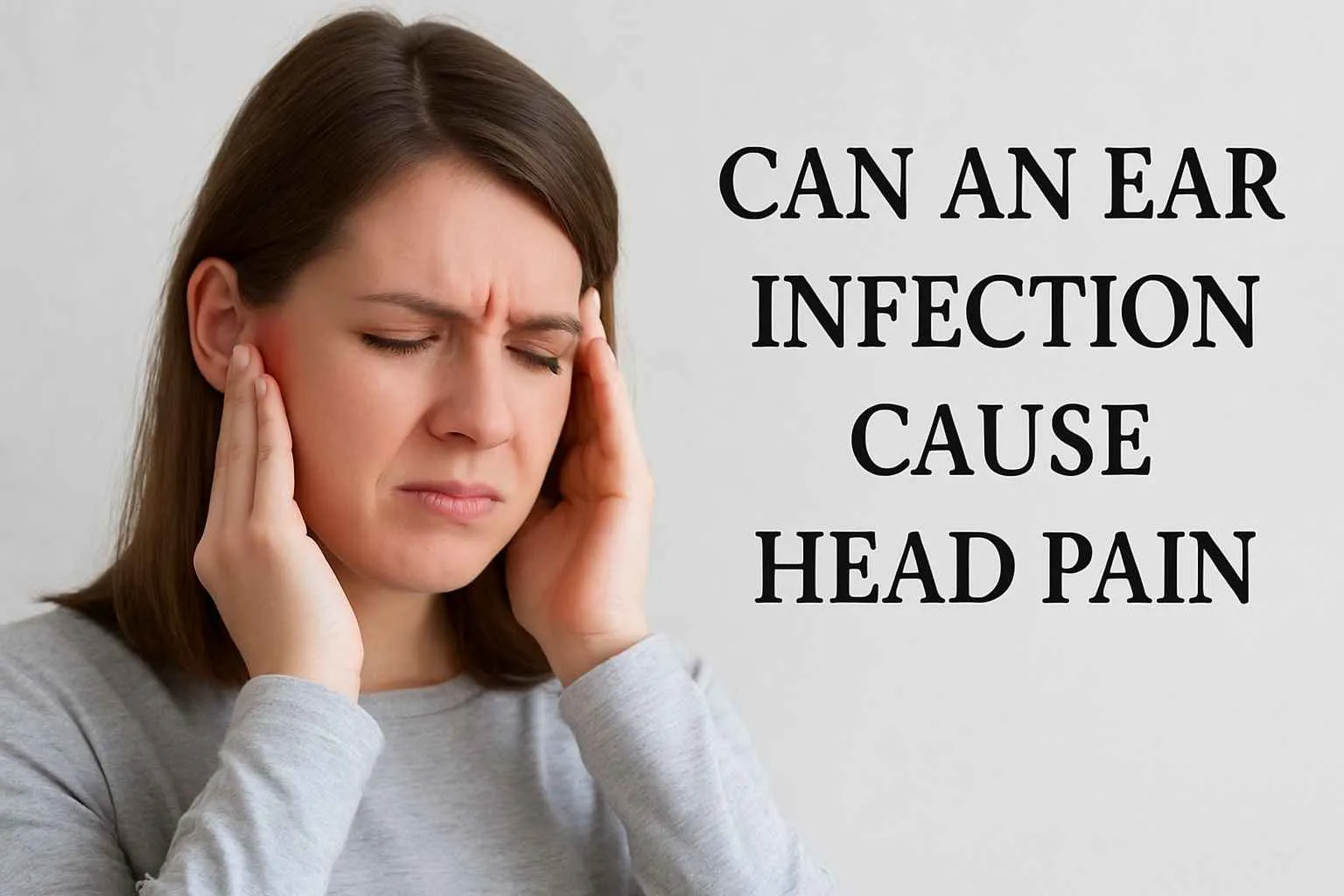Have you ever felt like your ears were clogged, making sounds seem far away or muted? You may have too much wax buildup. People often look for safe ways to remove earwax at home, and hydrogen peroxide is one of the most talked-about options.
But how to clean ears with hydrogen peroxide safely? Is it even safe for everyone? Let’s break it all down step by step, in a way that’s simple but expert-approved.
Medical Professionals Recommend the Safest Way to Clean Your Ears With Hydrogen Peroxide
When it comes to cleaning ears, most people go straight for cotton swabs or home tools. But medical experts usually warn against poking around. The ear is a very sensitive part of the body. One wrong move, and you risk damage or even hearing loss. That’s why the safest way to clean ears with hydrogen peroxide is still a top recommendation by doctors.
Hydrogen peroxide ear cleaning works because it helps dissolve wax through oxygen release. This bubbling action is why you hear a slight fizzing sound once it enters the ear canal. Now, not everyone needs to clean their ears regularly, as wax helps protect the ear. But if you’ve got symptoms like muffled hearing or itching, it might be time to do something about it.
Let’s explore everything from how hydrogen peroxide works to who should avoid it. If you’re looking for ear cleaning tips with hydrogen peroxide, you’ll find everything below, laid out step by step.
What Is Hydrogen Peroxide? Where Is It Used?
Hydrogen peroxide, or H₂O₂, is a clear, slightly thick liquid. It’s a chemical compound made of water and oxygen. You’ll find it in many households, usually as a 3% solution. It’s known for being an antiseptic. Most folks use it to clean minor cuts, scrapes, or even as a mouth rinse.
Aside from skin use, it’s in some teeth-whitening kits and used for disinfecting surfaces. In higher concentrations, it's used in industries for bleaching textiles and paper. But at home, people use it diluted, especially when cleaning the ears.
One thing is clear: you should never use concentrated hydrogen peroxide on your body. Always check the label before using. And remember, it’s not made to treat deep wounds or serious burns.
Why Is Hydrogen Peroxide Used To Clean Ears?
Hydrogen peroxide helps with earwax removal because it releases oxygen. That oxygen forms bubbles. These bubbles help break down earwax and make it soft. Once it breaks up, wax can either flow out on its own or be wiped off gently.
Many OTC ear drops contain hydrogen peroxide in the form of carbamide peroxide. It breaks down into urea and hydrogen peroxide. This chemical reaction helps oxidize the wax. The bubbling also causes slight warmth, which some find soothing.
Fact: Common OTC ear drops (5–10 drops, 1–2 times daily for 3–7 days) release oxygen bubbles that fragment wax and assist spontaneous clearance.
Still, medical research says there’s only mild evidence that hydrogen peroxide removes wax better than water. But it remains one of the most used and accessible methods out there.
How To Clean Ears With Hydrogen Peroxide?
Step By Step Hydrogen Peroxide Ear Cleaning
If you’re wondering how to clean ears with hydrogen peroxide safely, don’t worry. We’ve got a method you can follow. But it’s still best to talk to a doctor before trying anything new.
Here’s how hydrogen peroxide ear cleaning is usually done:
-
Lie on your side. The ear you’re cleaning should face up.
-
Use a clean dropper. Squeeze in 3 to 5 drops of 3% hydrogen peroxide.
-
Stay in position for 5–6 minutes. You’ll hear bubbling. That’s normal.
-
Sit up slowly. Wipe away the liquid that comes out using a soft tissue.
-
Repeat on the other ear if needed.
Most people use it twice a day for up to 7 days. But always read the label or follow the doctor’s instructions.
You can also make a simple solution at home:
-
Mix equal parts 3% hydrogen peroxide and clean, warm water.
-
Never use cold or very hot water, as it can cause dizziness.
Pro tip: Don’t try this if your ear is infected, injured, or if you’ve had ear surgery.
Risks And Precautions To Be Taken When Using Hydrogen Peroxide
Hydrogen peroxide may sound harmless, but misuse can lead to problems. It’s not the chemical itself that’s risky; it’s how and when people use it.
Here’s what to keep in mind:
-
Avoid if you have a ruptured eardrum or ear infection. It might make things worse.
-
Never insert cotton swabs. They push wax deeper and may hurt your ear.
-
Always read the product label. Overuse can dry out or irritate your ear canal.
-
Don’t use it daily for long stretches. Your ear needs wax. Too much cleaning is not healthy.
-
Talk to a doctor. Especially if you’ve had past ear issues.
|
Risk Factor |
What Can Happen |
Prevention Tip |
|
Ruptured eardrum |
Pain, infection |
Avoid all ear drops and see ENT |
|
Using strong solutions |
Ear canal burns, irritation |
Stick to 3% or lower concentration |
|
Using cotton swabs |
Pushes wax deeper |
Use soft cloth to clean outer ear only |
|
Long-term hydrogen peroxide use |
Dryness, itching |
Limit to short-term treatment, 3–7 days max |
|
Ignoring signs of infection |
Pain, swelling, drainage |
Seek professional care before home treatment |
People with diabetes, eczema, or immune disorders should not self-treat ear problems. The ear canal’s skin is very thin, and it can get damaged fast.
What Are The Alternatives Used For Cleaning The Ear?
If hydrogen peroxide doesn’t work or can’t be used, here are other ways to clean ears safely:
-
Ear syringes: These push warm water gently into the ear to flush out wax.
-
Irrigation kits: Similar to syringes but with more control.
-
Mineral oil or baby oil: Softens wax so it can drain out naturally.
-
Warm saline water: Gentle rinse for people with minor buildup.
-
Prescription drops: These include sodium bicarbonate or docusate sodium.
Some people try olive oil or almond oil, but results vary. Oils don’t remove wax; they only soften it. If wax still blocks your ear after home methods, consult a specialist.
Avoid using:
-
Paper clips
-
Bobby pins
-
Hairpins
-
Sharp tools
These can cause cuts or puncture your eardrum.
Conclusion
Earwax isn’t a bad thing. In fact, it protects your ear by trapping dust, dirt, and germs. But sometimes it builds up too much, and that’s when you may need help clearing it out.
Hydrogen peroxide is a go-to method for many. It’s affordable, easy to find, and works well when used properly. But not everyone should use it. People with ear infections, injuries, or certain health issues must avoid it.
So, how to clean ears with hydrogen peroxide? Follow the correct steps. Use the right concentration. Don’t overdo it. And if anything feels off, stop and talk to a doctor.
Ear care doesn’t have to be complicated, but it must be careful. A few extra minutes of care can save your ears from long-term damage.
वारंवार विचारले
Can Hydrogen Peroxide Damage My Ears Permanently?
Yes, if used too often or in high concentrations. It may cause dryness, irritation, or damage if the eardrum is already injured.
How Often Should I Use Hydrogen Peroxide To Clean My Ears?
Only when necessary. Most ear drops are used twice a day for up to 7 days. Don’t use it as part of a daily routine.
Is Hydrogen Peroxide Safe For Kids’ Ears?
Only if advised by a pediatrician. Children have smaller, more delicate ear canals, and a wrong dose can do harm.
Can I Use Hydrogen Peroxide For Ear Wax Buildup If I Wear Hearing Aids?
Yes, but only after removing the device. Also, clean your hearing aids regularly to prevent wax blockage.
What Should I Do If My Ear Feels Worse After Using Hydrogen Peroxide?
Stop using it immediately and see an ENT specialist. Pain, swelling, or fluid leaking from the ear can be signs of infection.

लिहिलेले







